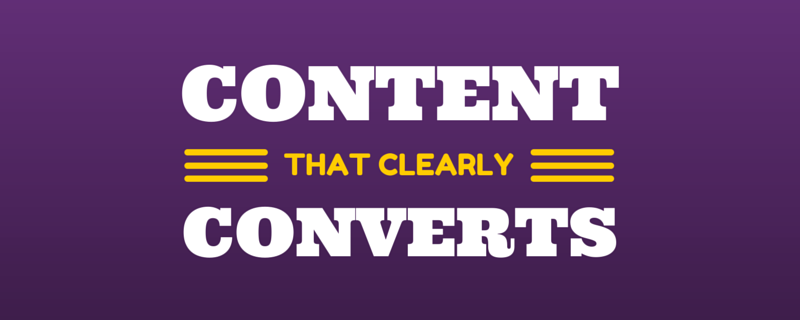BLOG
The Best Types of Content for Landing Pages
Do you ever find yourself in a “content rut?” Anyone who publishes content on a regular basis has days where they simply can’t think of any new ideas. Many people don’t think about the fact that you can also have a kind of “content rut” where you simply create the same type of content over and over again instead of mixing up the routine a little bit.
It is easy to fall into a habit of continuing to do what you’ve always done because it’s working well. Even the best content that resonates well with your target audience is going to grow stale if you don’t experiment with new types of content. For example, just because your customers love podcasts doesn’t mean that you should publish podcasts exclusively. A podcast should be something to look forward to in a week that also includes a new blog post, a fresh case study, and a social media survey.
For many marketers, it is a huge challenge to build and optimise landing pages. Nearly one third of B2B companies have fewer than six landing pages. Does this really matter? Consider the fact that companies with 30 or more landing pages generate seven times more leads than companies with less than 10 pages. If you’re not doing very much with your landing pages, it’s never too late to start.
The following details just a few of the best kinds of lead generation content for your landing pages to take them to the next level.
Visuals
90 percent of the information that is sent to the brain is visual. The brain processes this information 60,000 faster than it processes text. Virtually any type of information that you want to communicate will be more effective in visual form. Additionally, for users who are simply skimming and are only going to take a few seconds to decide whether or not they’re going to complete a landing page, the faster you can demonstrate value, the better.
Think about how you can use visuals to convey information that is tough to explain with text. For example, using a diagram or infographic to explain the benefits of a product can be much more effective than trying to explain it with words. You can also use visuals to plant cues for users, such as including an arrow for a sign-up form or an element border for a call to action.

Videos
Videos on landing pages increase average page conversion rates by 86 percent. Many A/B tests have also found comparable conversion rates increase from simple images. If you’d like to explore landing page A/B testing, there is lots of information readily available online to help you get started. Similar to images, video is more powerful and more popular than text. There is a better chance of readers liking and sharing your landing pages if they include visuals and videos.
Consider using video to demonstrate how a product works or to walk your visitors through a process, such as signing up for an online photography class and then using the newly acquired skills in your business to drive more sales. As you brainstorm video ideas, keep your target audience in mind and make sure that the video aligns with your landing page goal.
Email series or subscriptions
An email subscription is a multi-part email series. Individuals must opt in to receive these emails. The difference between an email series and an email subscription is that a series runs for a set amount of time while a subscription can go on indefinitely. For example, an email series might be a ten day holiday boot camp with tips for getting your ecommerce website ready for Boxing Day.
An email subscription list is one effective way to convert blog readers into leads. Simply request an email address to send them new blog posts. It is up to you to determine the frequency for your emails. You can send emails as often as every day or as infrequently as once a month. Regardless of the type of email series or email subscription, make it simple for users to sign up with a single step form.
Keep in mind that there is no single landing page formula that works for all companies. Don’t be afraid to test different formats to see which ones resonate the most with your customers. Sometimes the difference may be as simple as creating a clickable image as opposed to an image that is not clickable, or limiting the page to a single offer instead of advertising multiple offers.











